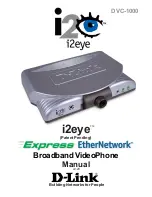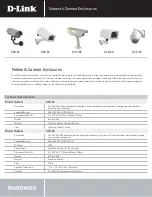
46
1568911, Edition 2019-04, Version 0
EN
11 Mounting Cables
11.1 Versions
The insertion of the cables is described using the example of the extension arm with motor
arm
5
version. The installation procedure for the XL extension arm with motor arm
5
version is identical.
11.2 Safety instructions
Electric shock hazard
Power cables may have been laid in the pendant system. Contact with en
-
ergised components presents a danger to life from electric shock.
Motor-driven, mobile device components can cause injury in the case of
being switched on unintentionally. Prior to any installation and adjustment
work, the pendant system must be disconnected from the mains:
• Disconnect all the poles from the mains and prevent the appliance from
being inadvertently switched back on again.
• Check whether the pendant system is de-energised.
• Cover and shield any adjacent energised parts.
Damaged power cables, gas hoses and compressed air hoses
Damaged power cables can carry an electric voltage of 230V (120V)
which energises the pendant system, and supply gases can escape from
damaged supply hoses:
• Check all cables and hoses for damage. Make sure you carefully insert
them without cables/hoses crossing each other, without loops and
without twisting.
• Lay the cables and hoses in the pendant system in such a way that
they are not exposed to tensile stress in any position.
• Cables and hoses must be routed straight upwards out of the flange in
order to prevent damage (e.g. rubbing of the sheathing) and enable
their free rotation.
• Protruding cables and hoses must not be placed in the Navigator M6 or
on the flanges, but must be placed on the interface plate and secured
against falling using cable retainers.
• Electric cables must be laid in accordance with regional regulations (in
a spiral coiled tube if required).
WARNING
















































